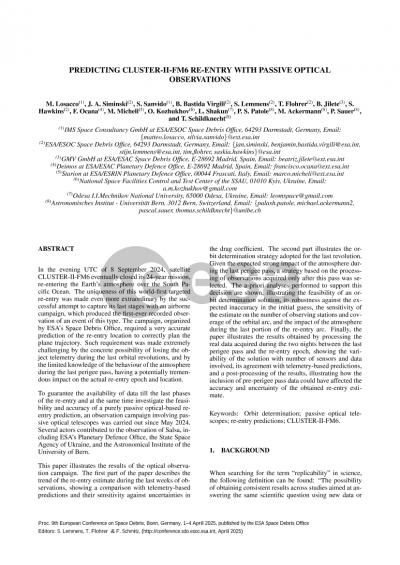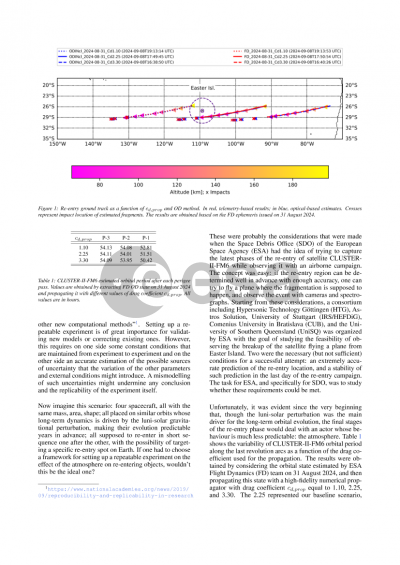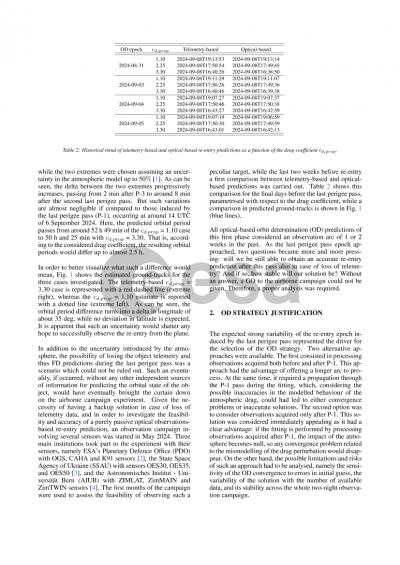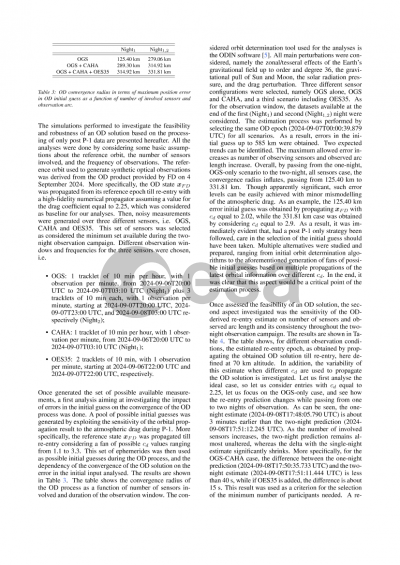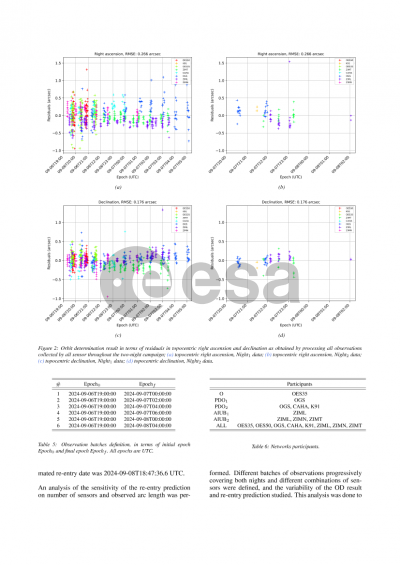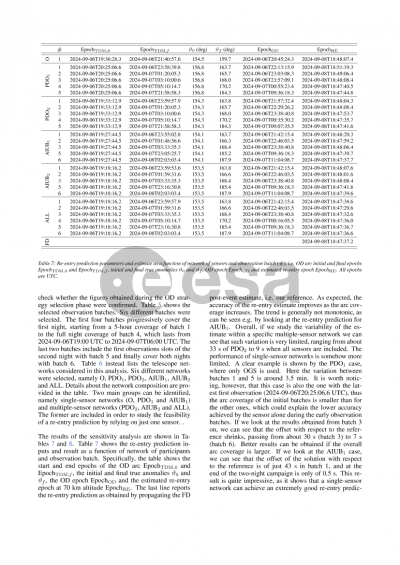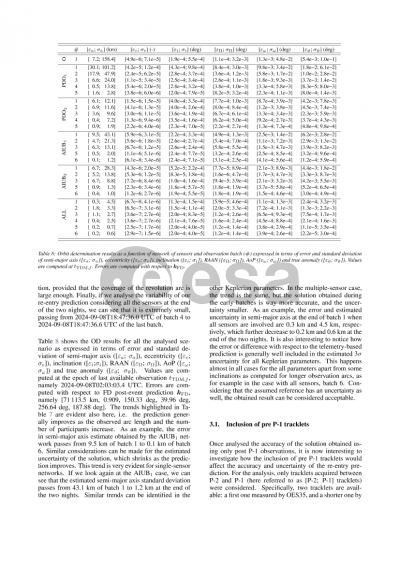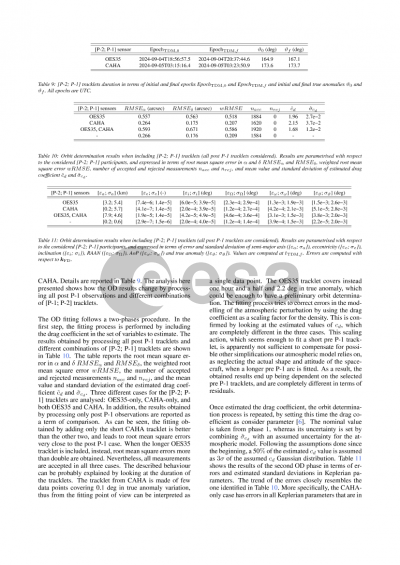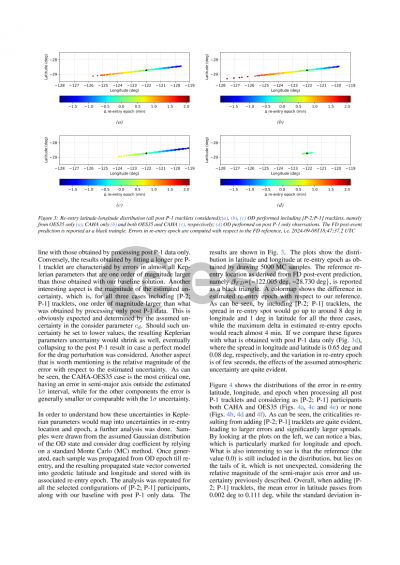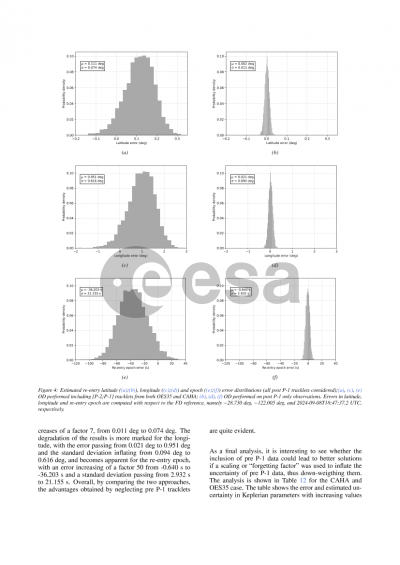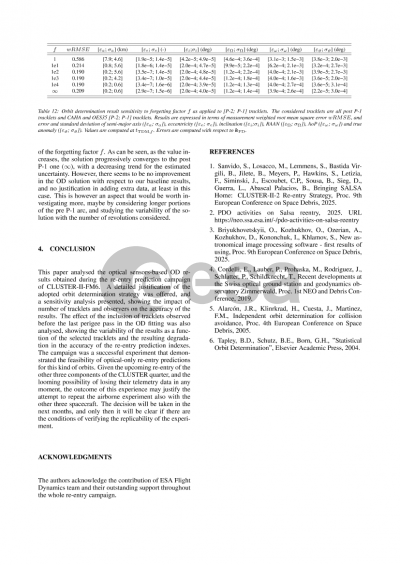Document details
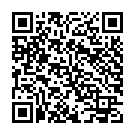
Abstract
In the evening of September 8, 2024, satellite Cluster-II-FM6 eventually closed its 24-year mission, re-entering Earth's atmosphere over the South Pacific Ocean. The uniqueness of this world-first targeted re-entry was made even more extraordinary by the successful attempt to capture its last stages with an airborne campaign, which produced the first-ever recorded observation of a satellite re-entering from a high-eccentricity orbit. The campaign, organized by ESA's Space Debris Office, required a very accurate prediction of the re-entry location to correctly plan the plane trajectory. Such requirement was made extremely challenging by the concrete possibility of losing the object telemetry during the last orbital revolutions, and by the limited knowledge of the behaviour of the atmosphere during the last perigee pass, having a potentially tremendous impact on the actual re-entry epoch and location.
To guarantee the availability of data till the last phases of the re-entry and at the same time investigate the feasibility and accuracy of a purely passive optical-based re-entry prediction, an observation campaign involving passive optical telescopes was carried out since March 2024. Several actors contributed to the observation of Salsa, including ESA's Planetary Defence Office, the State Space Agency of Ukraine, and the Astronomical Institute of the University of Bern.
This paper illustrates the results of the optical observation campaign. The first part of the paper describes the trend of the re-entry estimate during the last weeks of observations, showing a comparison with telemetry-based predictions and their sensitivity against uncertainties in the drag coefficient. The second part illustrates the orbit determination strategy adopted for the last revolution. Given the expected strong impact of the atmosphere during the last perigee pass, a strategy based on the processing of observations acquired only after the last perigee pass was selected. The a-priori analyses performed to support this decision are shown, illustrating the feasibility of the object acquisition given the sensors' field of regard and the expected uncertainty in the initial guess, the robustness of the orbit determination solution against such uncertainty, the sensitivity of the estimate against number of observing stations and available observations, and the impact of the atmosphere during the last portion of the re-entry arc. Finally, the paper illustrates the results obtained by processing the real data acquired during the two nights between the last perigee pass and the re-entry epoch, showing the variability of the solution with number of sensors and data involved, its agreement with telemetry-based predictions, and a postprocessing of the results, illustrating how the inclusion of pre-perigee pass data could have affected the obtained re-entry estimate.
Preview
